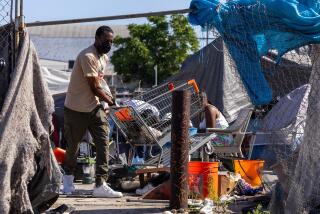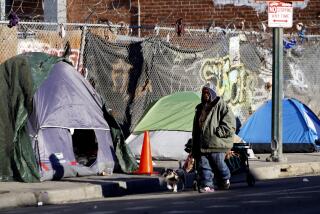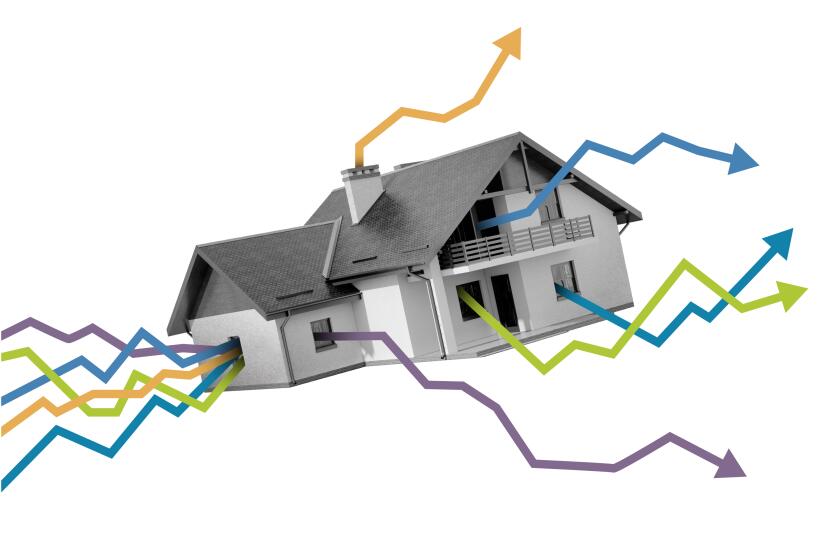Shelter Study Finds Third of Homeless Men Are Veterans
- Share via
WASHINGTON — A third of homeless men seeking shelter are veterans, mostly combat veterans from the Korean, Vietnam or the Persian Gulf conflicts, according to a Veterans Day survey released Saturday.
“War is something that breaks people,” said Phil Rydman, spokesman for the International Union of Gospel Missions, a network of rescue missions that conducted the survey.
“Some people are not able to get back into civilian life because of what they have experienced in the conflict setting.”
Rydman said that what used to be called “shell shock” and is now referred to as post-traumatic stress syndrome sets in at different times, accounting for the continuing flow of Vietnam veterans into missions 20 years after the war.
The survey of 11,000 men seeking shelter in 58 missions in late October showed 32% were veterans. By comparison, Department of Veterans Affairs figures show about 19% of the male population are former members of the armed forces.
In the missions’ survey for Veterans Day 1996, the percentage of veterans among the homeless was slightly higher, 34%.
Of the homeless veterans surveyed this year, 42% were Vietnam veterans. Vietnam veterans represent only about 10% of the overall veteran population, according to figures from Vietnam Veterans of America and the VA.
Stephen Burger, executive director of the missions, said Vietnam veterans continue to fall through the cracks, often after multiple divorces and struggles with alcohol and drug addiction.
“We’re still getting new Vietnam veterans. They’re still falling out of the system,” Burger said. “That should be a little shocking to us.”
“They didn’t come back and become homeless. They came back and became part of the community, and then things happened that made them become homeless,” he said. “Many of these people are struggling with identity. They are struggling with guilt.”
Rydman noted that 10% of the veterans surveyed by the shelters had served in the Korean War in the early 1950s and another 10% in the Gulf War in 1991.
“There’s a very short time between military conflict and life in the streets. That’s something to be concerned about,” Rydman said.
More to Read
Sign up for Essential California
The most important California stories and recommendations in your inbox every morning.
You may occasionally receive promotional content from the Los Angeles Times.






